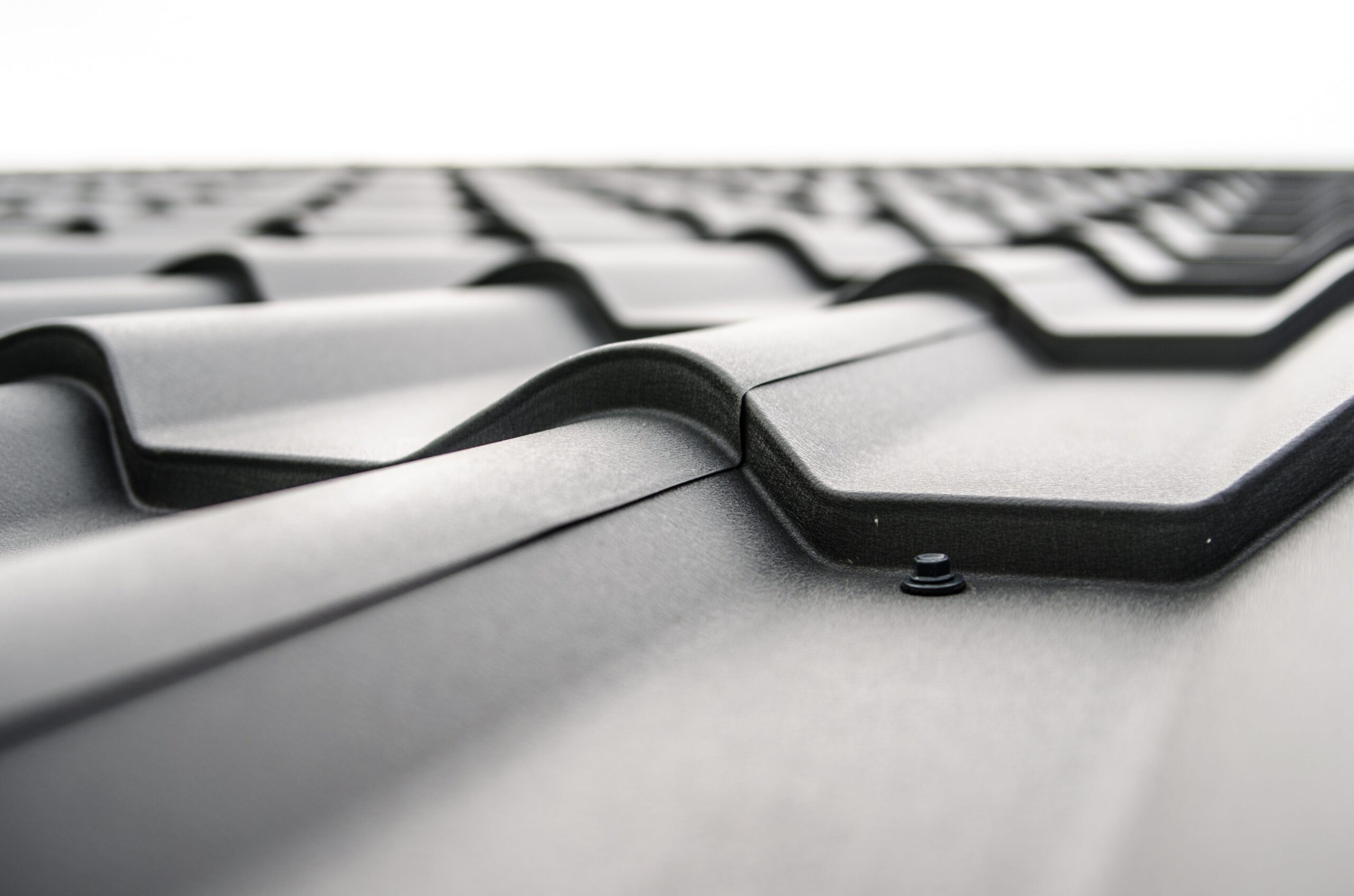Your roof serves not only as a shield against the weather but also as a significant contributor to your property’s overall curb appeal. As time goes by, roofs can lose their lustre, wear out or sustain damage. One effective way to instantly enhance your home’s appearance and safeguard your roof is through the process of roof painting. In this guide, we’ll provide you with all the information you need to know about painting your roof.
Selecting the Right Paint
Before embarking on any roof painting project, it’s crucial to choose the paint that suits your roofing material. There are many factors to consider when making this decision, especially if you are considering roof painting in Auckland, NZ.
1. Roof Material
Different types of roofs require different paint formulations. For instance, if you have a metal roof, you’ll need a paint specifically designed for metal surfaces, whereas for tiled roofs, opt for a paint with concrete materials.
2. Climate and Weather
The climate and weather conditions in your area also influence the choice of paint. If you reside in New Zealand, due to the heavy rainfall, your roof painting in NZ should be done using a water-repellent paint. Similarly, in an area with temperature fluctuations or intense sunlight exposure, it may be wise to go for a specially formulated paint to endure challenging conditions.
3. Choosing the Colour
When deciding on a colour for your roof, it’s important to consider how it will fit with the look of your home. While a vibrant colour can make a statement, opting for a neutral shade might be more classic and appealing to potential buyers if you plan on selling your property.
Preparing Your Roof
After selecting the paint for your roof, the next step is to get your roof ready for painting. This involves the following steps:
1. Cleaning
Ensuring a clean surface is essential for paint adhesion. Use a high-pressure washer to remove dirt, debris, and loose paint from your roof’s surface. Remember to exercise caution and follow safety guidelines when working on a roof.
2. Repairs
Before painting, inspecting your roof for any damages that require fixing is essential. This may involve replacing tiles, addressing leaks or repairing damaged flashing.
3. Priming
Applying a primer before painting may be necessary, depending on the material and condition of your roof. A primer helps the paint adhere better and provides coverage.
Painting Your Roof
Now that you’ve prepped and readied your roof, it’s time to kickstart the painting process. Here’s a step-by-step guide:
- Use a brush or roller to apply paint to the edges and corners of your roof. Make sure every nook and cranny is covered for thoroughness.
- Once the edges are painted, use a roller or sprayer to apply a coat of paint to the rest of the roof. Begin from one side and work across, overlapping each stroke to achieve a finish.
- Allow the first coat of paint to dry completely, which usually takes 24 to 48 hours. Depending on your desired colour and coverage, you may need to apply a second coat of paint. Repeat the steps as before for applying the coat.
Maintenance and Prolonging Roof Life
After completing your roof painting project, it’s important to maintain your roof for its longevity. Here are some tips for maintaining your painted roof:
1. Regular Cleaning
Regularly clean your roof by removing dirt, debris and any mildew that may have accumulated using a brush or low-pressure washer.
2. Inspections
Conduct inspections to check for any signs of damage or wear and tear.
Make sure to address any problems to prevent damage.
3. Minor Repairs
Over time, your roof might get chips or scratches. It’s a good idea to keep some paint handy for touch-ups. This will help maintain the appearance and protection of your roof.
Conclusion
Painting your roof is a cost-effective way to refresh the look of your home and safeguard it from the elements. By selecting the paint properly, preparing your roof and following the painting process, you can achieve a long-lasting outcome. Remember to take care of your roof by cleaning it regularly, conducting inspections and doing touch-ups as necessary in order to ensure its durability. With this guide in hand, you’ll have all the information you need to embark on your roof painting project.
